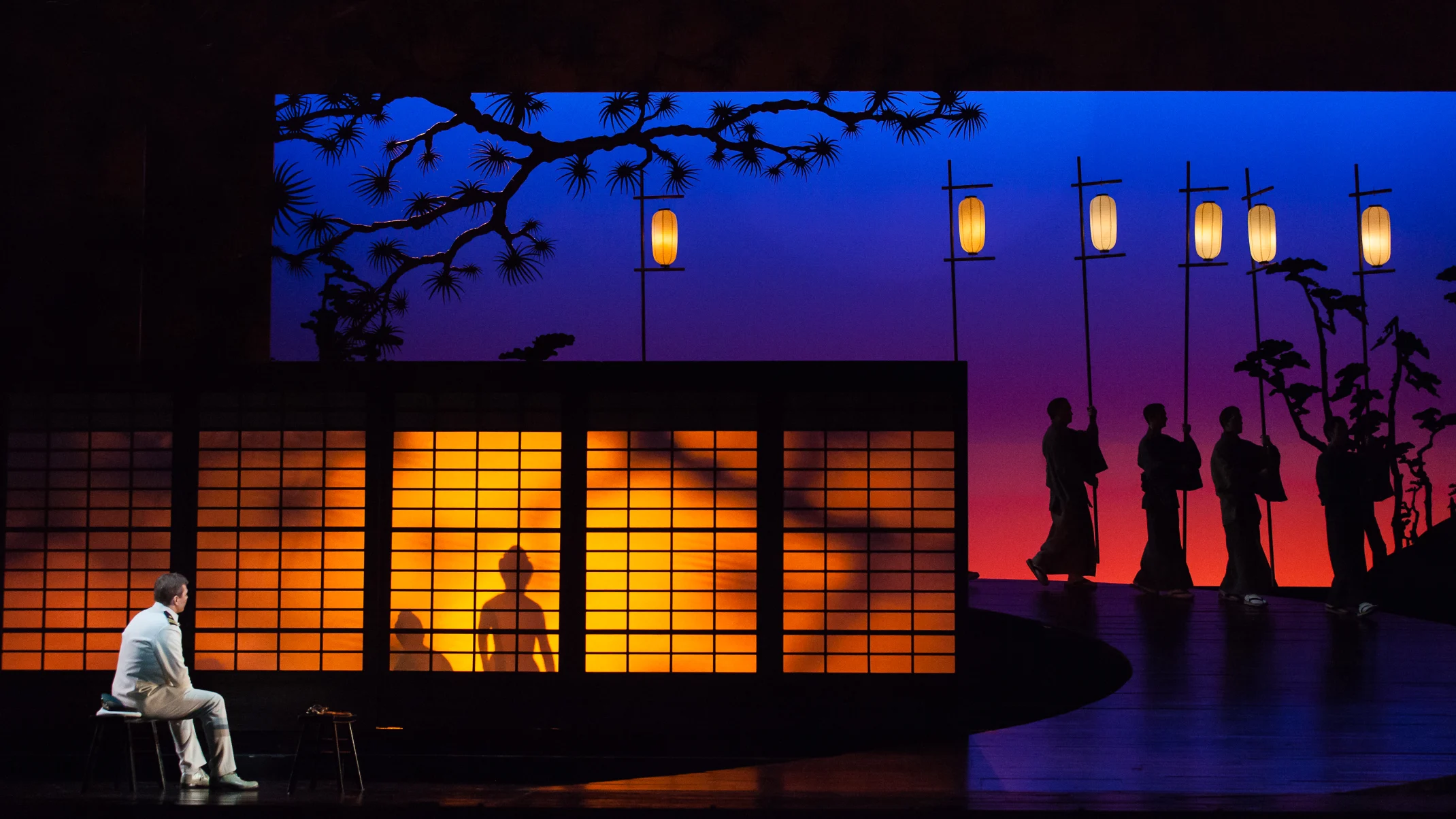What was the last live performance you saw?
Madama Butterfly is an absolute gem of the musical and operatic world. I was fortunate enough to watch a gorgeous production by the Canadian Opera Company at the Four Seasons Centre. It was close enough to my birthday, I consider it my gift.
Synopsis
Madama Butterfly is a tragic opera in three acts by Giacomo Puccini, set in early 20th-century Nagasaki, Japan. It tells the story of Cio-Cio-San. She is a young Japanese geisha who marries an American naval officer, Lieutenant Pinkerton. She believes it to be a true and lasting union. Pinkerton, though, views the marriage as temporary and leaves shortly after, promising to return. Cio-Cio-San waits faithfully for years, raising their child alone, only to be devastated when Pinkerton returns with an American wife, intending to take the child back to the U.S. Heartbroken and dishonored, Cio-Cio-San ultimately takes her own life. The opera is renowned for its emotional depth, lyrical beauty, and critique of cultural imperialism and betrayal.
From utter failure…
The opera had a notoriously disastrous premiere at La Scala in Milan on February 17, 1904. The audience jeered and mocked the performance, leading to a total debacle. So much so that Puccini’s sister, who was in the audience, didn’t even finish watching the original second act. Critics and spectators found the pacing awkward. They thought the second act was overly long. Some were even hostile to the opera’s portrayal of Japanese themes. They considered these themes exoticized or inauthentic.
“At two o’clock we went to bed and I can’t sleep one bit; and to say that we were all so sure! Giacomo, poor thing, we never saw him because we couldn’t go on the stage. We got to the end of it and I don’t know how. The second act I didn’t hear at all, and before the opera was over, we ran out of the theater.”
Puccini’s sister, Ramelde, in a letter to her husband
… to international success
Puccini withdrew the opera and quickly began revising it. Just a few months later, in May 1904, a revised version with significant structural changes was performed in Brescia. The changes included splitting the long second act into two and tightening the dramatic arc. This time, it was a resounding success. The emotional intensity, haunting melodies, and poignant story began to resonate deeply with audiences. Over time, Madama Butterfly became one of Puccini’s most beloved operas and a staple of the repertoire worldwide. Its turnaround is one of the most dramatic in operatic history—a testament to Puccini’s instinct for storytelling and musical expression.
“The Milan production of Madama Butterfly was an utter failure. The audience hooted, the prima donna was in tears. The only person behind the scenes not disconcerted was the composer, whose faith in his work was so soon to be justified.”
The Complete Opera Book by Gustav Kobbé
Without doubt, this whole story has a important lesson. First attempts can go awfully wrong. As a matter of fact, we are probably not going to succeed in the first time we try something. We may not know what our audience wants, or even the public may not grasp the intention behind our efforts. But we need to keep our ears open and welcome honest feedback. After adjustments, a first flop can become a resounding success.
